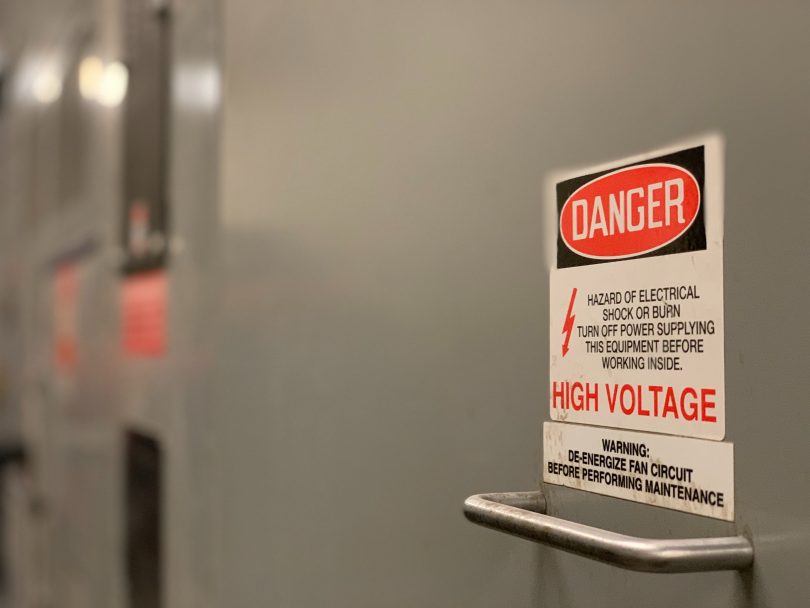If you’re involved in an accident at work, then you run the risk of losing your income, your financial stability, your benefits and even your ability to provide for your family. In addition, the last thing your employer wants is a compensation case on their hands (what is the difference between bodily injury and personal injury? Click the link to find out) and one of their employees away from work for an undisclosed amount of time.
In simple terms, a workplace injury presents a lose/lose situation for everyone involved which means that employees and their employers should work together to ensure that health and safety practices are not only agreed upon but they’re met by everyone.
Here we’ll take a look at the most common workplace accidents and how you and your employer can avoid them.
Have correct signage
Slippery floor signage, low ceilings, fire exits, first aid stations, dangerous chemicals, advice on safety gear. There are hundreds of different types of signage that a business might require to keep everyone safe. It’s the duty of an employer to provide appropriate safety signage in the workplace, while employees must follow instructions and advice provided.
Have correct training
Employers need to provide appropriate training for every employee especially if their roles carry a certain amount of risk or if they could pose dangers to others. E.g. heavy machinery, handling of heavy objects etc. Employees should always apply their training and highlight any areas that may need updating.
The use of safety equipment
Safety equipment is equipment that is there to keep you safe and reduce the risk of injury. From face and eye protection, ear protection, hand and body protection and more. All equipment should be modern and in good condition. Employees have a responsibility to use the safety equipment that is provided and follow their training.
Keeping workspaces and thoroughfares clear
Whether you’re working on a production line in a factory, in a warehouse distributing items all over the world, or a small office with a handful of fellow employees. It’s important that employees keep their work stations/desk areas clean and tidy to avoid mishaps and hazards. Thoroughfares should also be free of hazards to avoid potential tripping and slipping incidents.
And finally… good communication
Employees should be able to reach out to their employers if there is an issue with health and safety or a problem with a machine/safety equipment etc. Or if they believe that a practice could be made safer. Employers should be approachable and ready to listen to the safety concerns of their staff, they should also be willing to implement further safety measures where necessary, to keep everyone safe.







